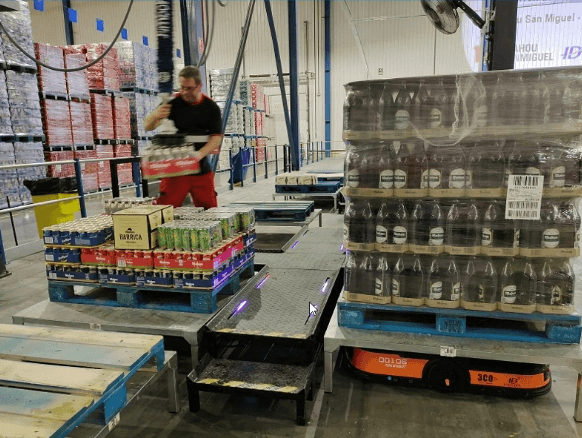It’s easy to get swept up in the promise of warehouse automation. Sleek mobile robots whizzing about, racking up productivity stats and reducing downtime. But what happens when they need to work side by side with humans? That’s where the story gets a bit more complicated—and interesting.
Human robot warehouse collaboration isn’t just about dropping robots into a facility and expecting everything to click. It requires a mindset shift, a cultural rethink, and yes—some honest conversations about fear, trust, and the redefinition of roles.
One of the biggest hurdles isn’t technical—it’s psychological. Many workers see robots as a threat, not a tool. If companies don’t bring their teams along for the journey, they risk internal resistance that quietly undermines ROI. Training and transparency are vital. People want to know: What does this robot do? How does it help me? Am I still needed? When these questions go unanswered, resentment grows.
Then there’s safety. Modern autonomous mobile robots are packed with sensors and logic that allow them to navigate busy warehouses. But let’s not pretend they’re infallible. Safe collaboration isn’t about robots being perfect; it’s about systems, processes, and layout design that minimise risk. Think zones, speed limitations, priority rules—essentially giving robots good manners and teaching humans how to work with them.
Yet despite the challenges, there’s a silver lining: done right, human robot warehouse collaboration can unlock impressive results. Robots excel at repetitive, heavy, or dangerous tasks. Humans are better at decisions, adaptations, and the unexpected. When paired strategically, both perform better. You free up people to add more value, not less.
A hybrid workforce isn’t science fiction anymore. It’s happening right now in smart warehouses around the world. But success depends on preparation, communication, and design—not just tech. Integration is a process, not a plug-and-play event.
So, what nobody tells you about integrating robots with humans? It’s messy, human, and full of learning curves. But with the right approach, it can also be the most impactful operational shift your warehouse ever makes.
And no, it’s not about replacing humans. It’s about redefining how we work—together.

